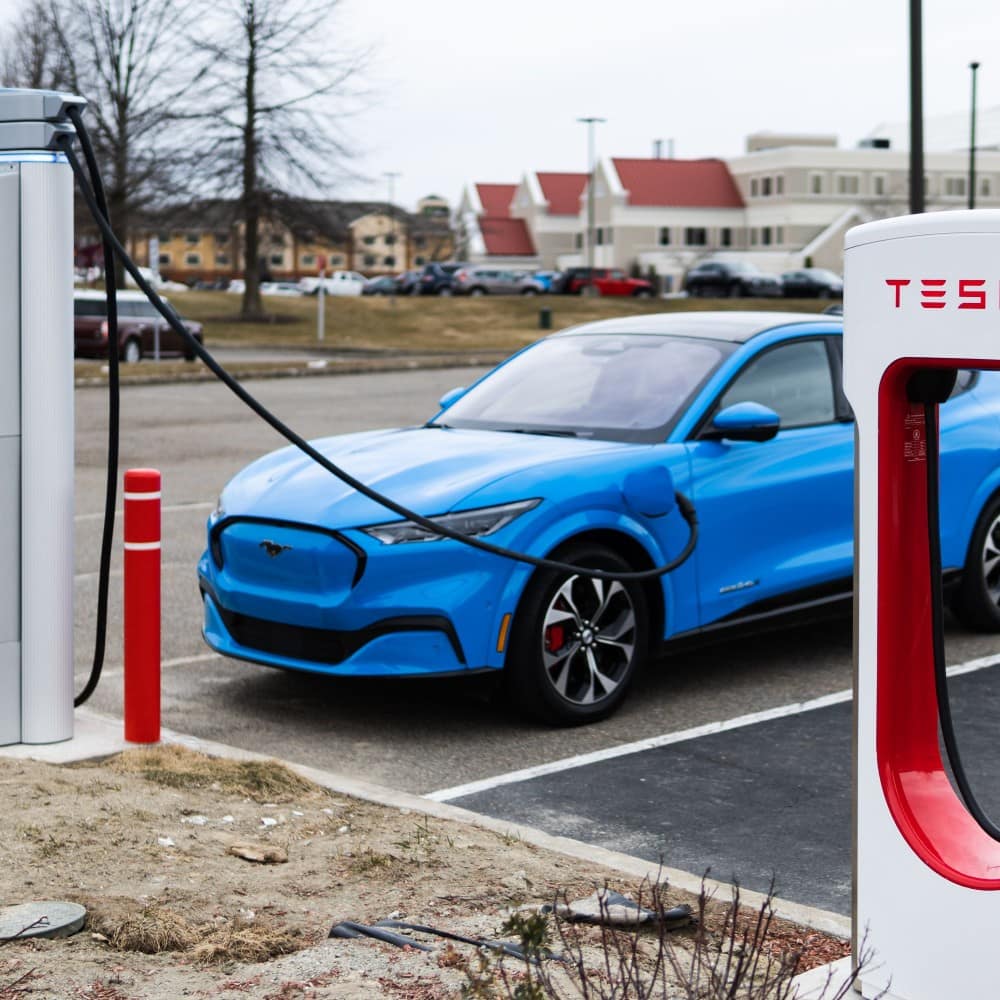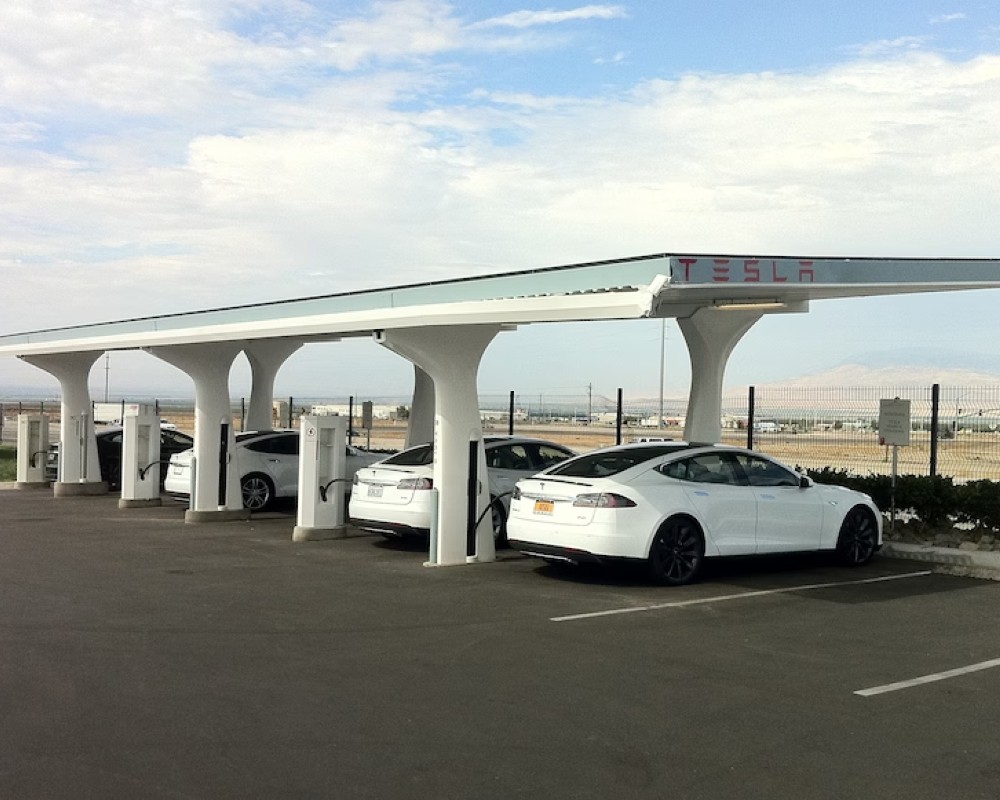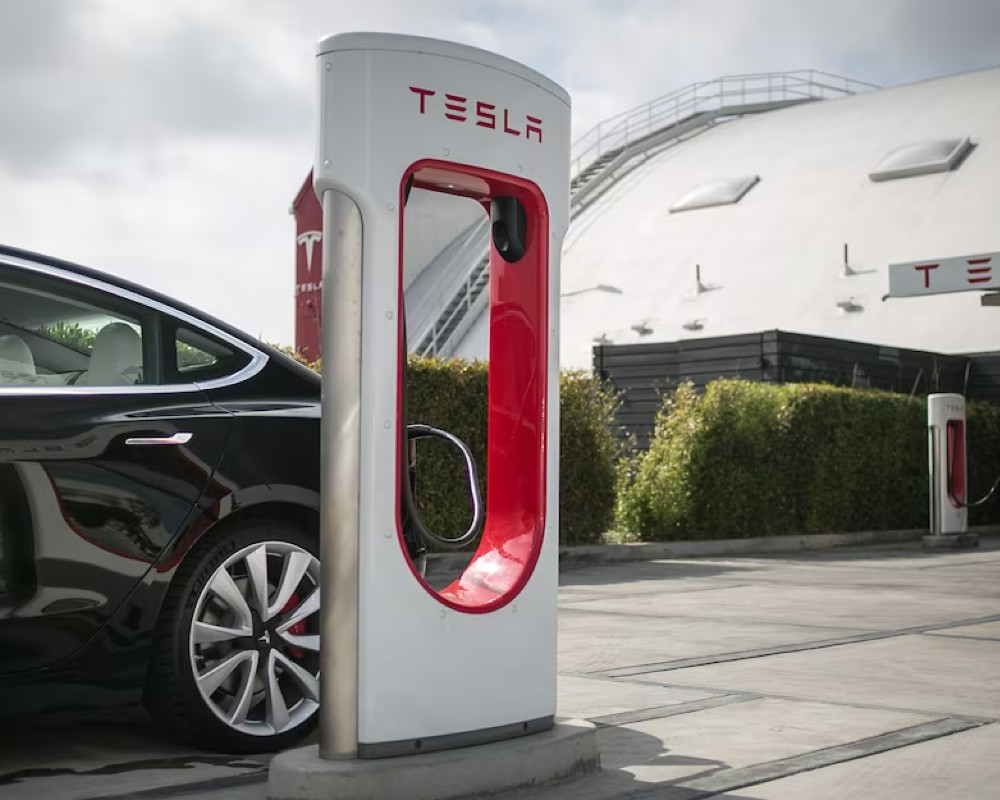
Ford recently revealed its decision to embrace Tesla’s North American Charging Standard (NACS) for its electric vehicles (EVs) starting in 2025. This surprising move marks a significant shift for Ford, demonstrating its willingness to embrace a competitive advantage rather than trying to replicate it. This move acknowledges the immense investment and effort required to establish a nationwide charging network like Tesla’s.
The Rise of the NACS

The NACS, originally pioneered by Tesla in 2012 with the launch of the Model S, has become the gold standard for EV charging. In 2022, Tesla opened up the electrical and mechanical interface of its charging system to other manufacturers, renaming it NACS. With over a decade of use and 20 billion EV charging miles to its name, the Tesla charging connector has proven itself as the most reliable in North America. It boasts a compact size, twice the power of Combined Charging System (CCS) connectors, and a significantly higher number of charging posts.
Ford’s Adoption of the NACS
Ford’s decision to adopt the NACS for its EVs signifies its recognition of Tesla’s charging infrastructure as the benchmark in the industry. Ford CEO Jim Farley announced during a Twitter Spaces event that starting in early 2024, Ford EVs will be compatible with the Tesla Supercharger network through NACS to CCS adapters. Moreover, by 2025, Ford EVs will come equipped with NACS hardware and software, providing a seamless charging experience.
Addressing Infrastructure Issues
Ford’s move to embrace the NACS and utilize the Tesla Supercharger network is a strategic response to the challenges faced by the current charging infrastructure in the US. Farley has expressed his concerns about the inadequacy and inconsistency of charging networks outside of Tesla. He emphasized the lack of high-speed chargers, the absence of quality metrics, the inability to reserve charging stations, and inconvenient locations.
Creating an Excellent Charging Experience

Ford’s decision to join forces with Tesla highlights the need for other EV manufacturers to prioritize the charging experience. Luxury brands, in particular, must ensure that the charging infrastructure aligns with the premium experience they usually offer their customers. While Tesla’s Supercharger network leads the industry, there is still room for improvement in terms of overall user experience. Charging networks, including Tesla’s, should aim to provide functional and fast chargers in safe, well-lit locations. Additionally, they should provide amenities such as protection from the elements, clean restroom facilities, and trash and recycling bins.